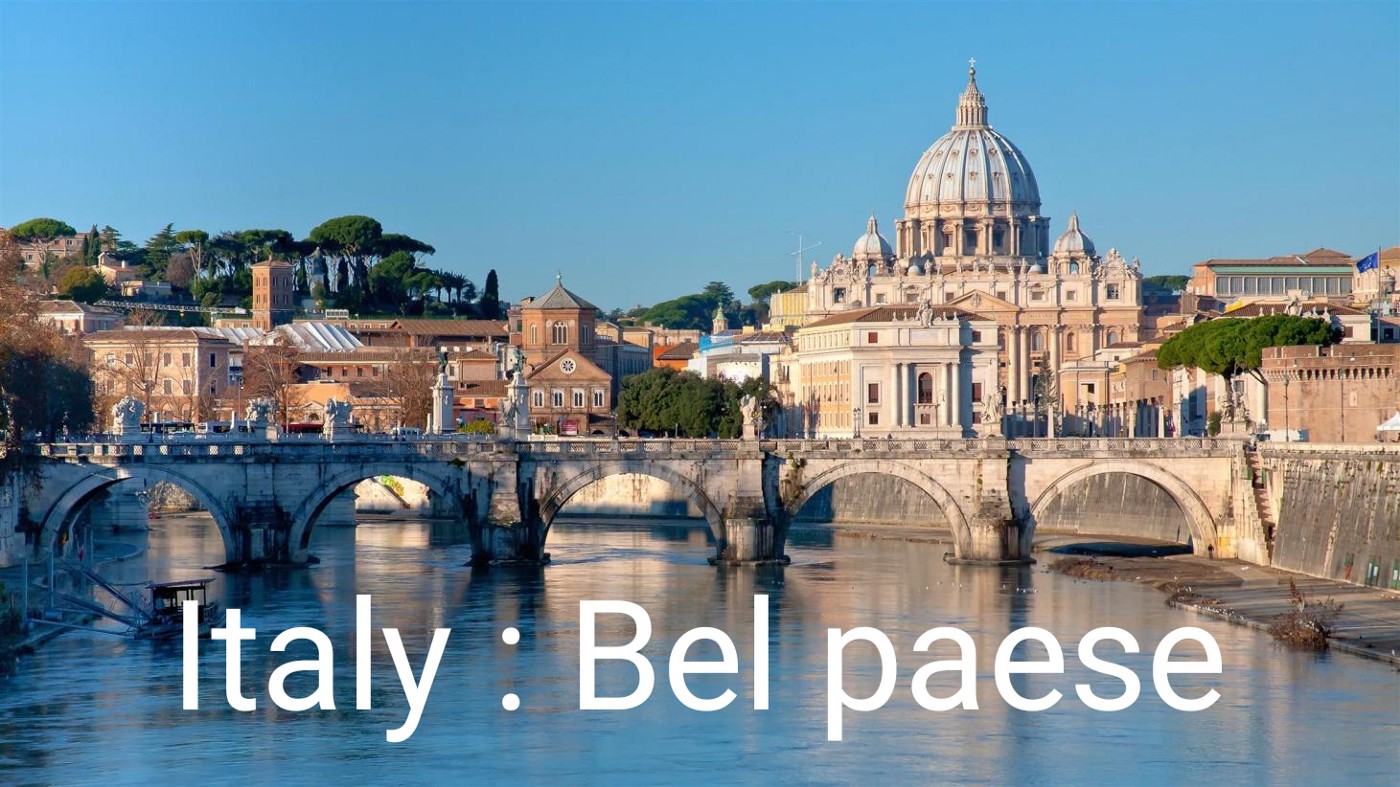La vignetta di Giannelli, Corriere della Sera (16 gennaio 2023)
Contributed by Paolo Valisa
Citings & Sightings of Dante's Works in Contemporary Culture
By Cory Balon
 “Secondo demo per questi Stige, death/thrash band da Taranto. Il quintetto ha finalmente assestato la sua line-up dove svariati cambi. . . Infatti le quattro tracce presenti in questo ‘Vortex’, sono sì furiose e violente, ma peccano pesantemente sul versante originalità. Gli Stige si rifanno palesemente alla scena americana, sia nel riffing serrato che nei solos sparati a duemila all’ora ( come gli Slayer insegnano ). Dentro di loro serpeggia anche una vena hardcore, decantata a pieni polmoni dal singer Gianfranco Liuzzi, il quale modula la propria voce su uno screaming acidulo e tiratissimo per quasi tutta la durata delle canzoni; ogni tanto Liuzzi tira fuori degli acuti Halfordiani, tecnicamente validi, ma che cozzano con il suo cantare ” classico “. Durante l’ascolto dei brani emerge anche una discreta cura nell’inserire linee altamente melodiche, questo grazie ai due chitarristi, Marcello Bruno ed Emanuele Giummarra, particolare che conferisce un pizzico di ariosità a canzoni comunque potenti e quadrate.” –Andrea Pizzini, metal.it
“Secondo demo per questi Stige, death/thrash band da Taranto. Il quintetto ha finalmente assestato la sua line-up dove svariati cambi. . . Infatti le quattro tracce presenti in questo ‘Vortex’, sono sì furiose e violente, ma peccano pesantemente sul versante originalità. Gli Stige si rifanno palesemente alla scena americana, sia nel riffing serrato che nei solos sparati a duemila all’ora ( come gli Slayer insegnano ). Dentro di loro serpeggia anche una vena hardcore, decantata a pieni polmoni dal singer Gianfranco Liuzzi, il quale modula la propria voce su uno screaming acidulo e tiratissimo per quasi tutta la durata delle canzoni; ogni tanto Liuzzi tira fuori degli acuti Halfordiani, tecnicamente validi, ma che cozzano con il suo cantare ” classico “. Durante l’ascolto dei brani emerge anche una discreta cura nell’inserire linee altamente melodiche, questo grazie ai due chitarristi, Marcello Bruno ed Emanuele Giummarra, particolare che conferisce un pizzico di ariosità a canzoni comunque potenti e quadrate.” –Andrea Pizzini, metal.it
The 2005 demo Vortex by Italian band Stige uses the illustration Styx-Philippo Argenti by illustrator Gustave Doré.
Find the album here.
Find the illustration here.
Contributed by Gianluca Giuseffi Grippa.
By Cory Balon
 “The Italian we speak today, therefore, is not Roman or Venetian (though these were the powerful military and merchant cities) nor even really entirely Florentine. Essentially, it is Dantean. No other European language has such an artistic pedigree. And perhaps no language was ever more perfectly ordained to express human emotions than this fourteenth-century Florentine Italian, as embellished by one of Western civilization’s greatest poets. Dante wrote his Divine Comedy in terza rima, triple rhyme, a chain of rhymes with each rhyme repeating three times every five lines, giving his pretty Florentine vernacular what scholars call a ‘cascading rhythm’ –a rhythm which still lives in the tumbling, poetic cadences spoken by Italian cabdrivers and butchers and government administrators even today. The last line of the Divine Comedy, in which Dante is faced with the vision of God Himself, is a sentiment that is still easily understandable by anyone familiar with so-called modern Italian. Dante writes that God is not merely a blinding vision of glorious light, but that He is, most of all, l’amor che move sole e l’altre stelle. . .
“The Italian we speak today, therefore, is not Roman or Venetian (though these were the powerful military and merchant cities) nor even really entirely Florentine. Essentially, it is Dantean. No other European language has such an artistic pedigree. And perhaps no language was ever more perfectly ordained to express human emotions than this fourteenth-century Florentine Italian, as embellished by one of Western civilization’s greatest poets. Dante wrote his Divine Comedy in terza rima, triple rhyme, a chain of rhymes with each rhyme repeating three times every five lines, giving his pretty Florentine vernacular what scholars call a ‘cascading rhythm’ –a rhythm which still lives in the tumbling, poetic cadences spoken by Italian cabdrivers and butchers and government administrators even today. The last line of the Divine Comedy, in which Dante is faced with the vision of God Himself, is a sentiment that is still easily understandable by anyone familiar with so-called modern Italian. Dante writes that God is not merely a blinding vision of glorious light, but that He is, most of all, l’amor che move sole e l’altre stelle. . .
“‘The love that moves the sun and the other stars.’
“So it’s really no wonder that I want so desperately to learn this language.”
– Elizabeth Gilbert, Eat, Pray, Love (2006)
“Black shapes dance across the large paper surface. The texture and viscosity is not homogeneous, because this way I was able to plays with transparency and opaqueness.The close ups show that some areas have the acrylic paint diluted in an almost watercolor. Also I have used pencils of different hardness to draw the lines. This painting can be enjoyed horizontally or vertically. It would be shipped to the collector rolled up in a tube, which would cut down considerably the shipping cost.” –“About the Artwork,” Saatchi Art
“I produced a Dante’s Inferno series, a Joy series influenced by the work of Pollock, at the moment I am working on an Entanglement theme, where the line represent our lives, the paths that we have taken or could have taken. The lighter pencil marks are choices we didn’t make, the darker ink ones the decisions we made and marks we made on people and events.” –From Luciana Palazzolo’s profile on Saatchi Art
View more works by Luciana Palazzolo here.
 “’La bellezza si risveglia l’anima di agire.’ — Dante (‘Beauty awakens soul to act.’)
“’La bellezza si risveglia l’anima di agire.’ — Dante (‘Beauty awakens soul to act.’)
“The beauty of the Italian capital is undisputed. You just can’t take a wrong step in Rome which is one of the reasons why Italy is called ‘Bel Paese’ meaning ‘Beautiful country.’ To visit Rome is to start a love affair. The Italian capital is an epic metropolis that will steal your heart with its architectural masterpieces, its buzzing piazzas and its romantic cobbled lanes.”
–Kshitij Nair, Hiking & Trekking Club IIT Mandi
All submissions will be considered for posting. Bibliographic references and scholarly essays are also welcome for consideration.
Coggeshall, Elizabeth, and Arielle Saiber, eds. Dante Today: Citings and Sightings of Dante’s Works in Contemporary Culture. Website. Access date.